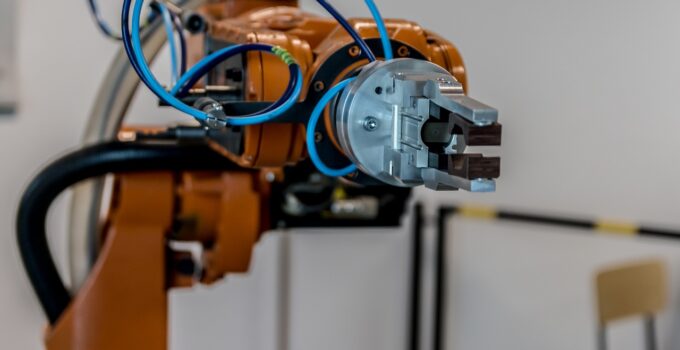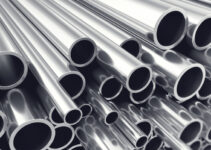Industrial robots have entirely transformed the industrial sector across many industries since their entrance into the productions environment. Their deployment in numerous sectors has made occupations safer and easier to manage, thanks to configurable interfaces enabling these systems to conduct a wide range of complex activities.
High precision, reliability, consistency, and high-volume production are what make them an integral part of many industries. In the past year, there has been a lot of talk about their role in automation. There is, of course, a dose of fear that one day they will replace humans. Cobots are for example a new concept that is gaining popularity and it is one of the examples that prove that humans and machines can work in perfect synergy.
From food processing to automobile manufacturing, they are slowly finding their place across different industry verticals.
The article provides an overview of the most common types and their industry applications.
Types of Industrial Robots
The following five are the most common across many industries.
Articulated Robots
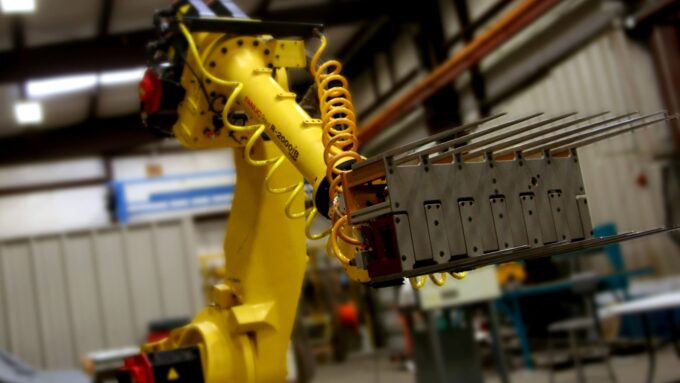
Source: sagerobot.com
A twisting joint connects the base of articulated robots with two to ten joints. You saw them too many times before, they are something straight from the science fiction movies. This type resembles a human arm, offers more degrees of flexibility compared to others, making them popular with manufacturers. As a result, they are suitable solutions for manufacturing lines because of their higher joint movement. These robots are typically situated on industrial casters for smooth movement & transitions to new locations or across assembly lines, learn more.
They also allow for greater operational flexibility and are more adaptive to changes in the manufacturing process or workpieces because of their capacity to cover a wide range of motion. They are also versatile due to the wide range of tasks they can perform.
Cartesian Robots
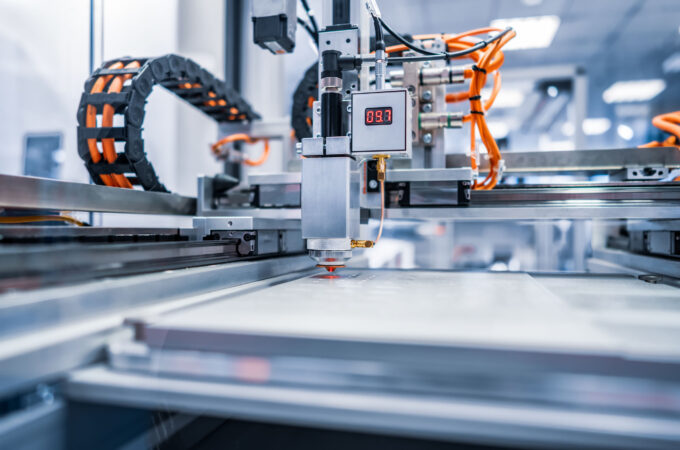
Source: diy-robotics.com
The Cartesian type is generally used for CNC machines or 3D printing. Three sliding joints allow for movement in three directions: upwards, downwards, and side to side. They function with the Cartesian coordinate system’s XYZ axes (X, Y, and Z).
It is common for these types to have some linear actuator, which is easy to purchase as a fully assembled unit from a supplier or custom-built by the OEM or consumer using linear manual and drive modules.
Cylindrical Robots
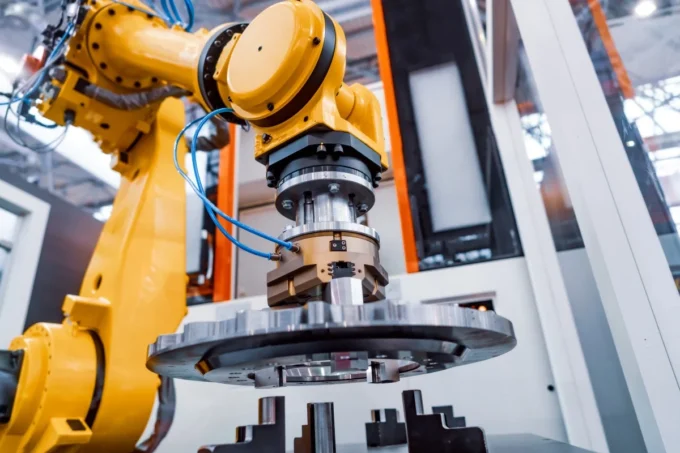
Source: pinterest.com
There are two joints that this type consists of one for rotation and the other for angular motion around the joint axis. The rotary joint revolves around its central point in a rotating movement. On the other hand, the prismatic joint moves in a linear fashion.
For determining point position, they employ a three-dimensional coordinate system with desired principal axes and some distance. The distance from a defined plane surface to the axis vertical and the relative axes orientation determines the precise location.
Assembling, die-castings, equipment loading, and unloading are just a few of the many uses.
Delta Robots

Source: howtorobot.com
Each of the delta arms has a joint in the middle, which causes them to flex inwards attach to a small tooling plate. The end-effector mounts to this little tooling plate and connects to a motor positioned within the core of their body, which drives its arms. They also feature rapid acceleration and deceleration as well as fast speeds.
The fact that they are faster than many other types we mentioned is due to their unique design. Delta s are a common feature in the food, pharmaceutical, and electronic industries. They are also the ideal choice for quick pick and place applications because of their precision while operating at high speeds.
SCARA Robots
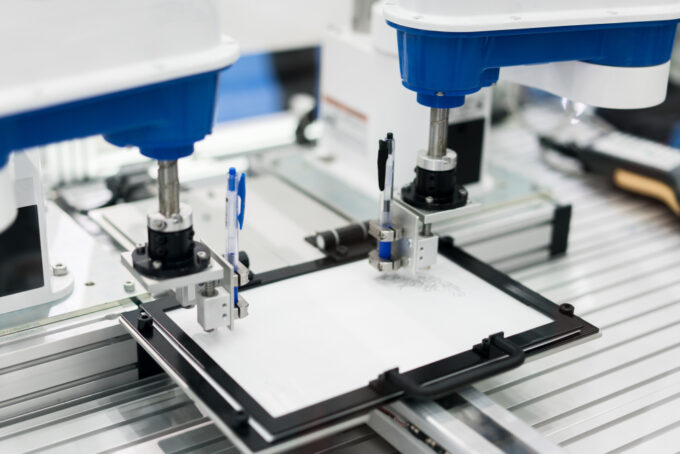
Source: howtorobot.com
SCARA features two parallel rotary joints that give compliance in a horizontal plane. They are ideal for picking, placing, or assembling in high-speed environments. Also, they can typically work at faster speeds and with cleanroom specifications available as options
Most Common Applications
The following are the main applications used by different industries.
Assembling
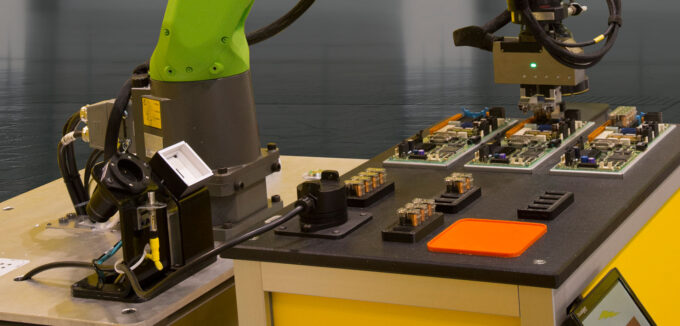
Source: jhrobotics.com
Robots are well suited for operations that require both speed and accuracy in assembling applications. They are incredibly beneficial in lean manufacturing processes, such as e capable of assembling delicate parts that are tough for humans to put together. They also contribute significantly to the production of pharmaceuticals and medical equipment.
Material Handling
Material handling can be a significant challenge if performed solely by humans. Robots come in handy in various industrial applications, including machine loading and unloading and the movement of raw materials.
It is possible to carry goods from one area to another more efficiently and accurately with their help compared to their human counterparts. They have built-in end-of-arm tools for precision, consistency, speed, accuracy, and more efficiency.
Picking, Packing, And Palletizing
It is necessary to pick and pack products into specific containers in the manufacturing industry. After that, the products need to go into pallets. Automated industrial s accomplish these tasks more accurately and quickly than human operators.
Typically, production companies use multiple robots for selecting, packaging, and palletizing. On the other hand, some manufacturers are now capable of developing a single robot that can execute all three functions.
Welding

Source: metalworkingworldmagazine.com
One of the most common applications is welding. With their help, welding decreases the amount of time needed to finish a job. Furthermore, robots fitted with servomotors certified by the STO ensure that processes are safer. The following are some of the most prevalent welding processes.
Arc Welding
This type of welding process is the most effective method for projects requiring precise metal joining. It entails melting metal with an electric arc, which generates high temperatures of up to 6,500 degrees Fahrenheit, and then cooling the metal down. After cooling, the liquefied metal joins the pieces and secures them in a stable connection.
Resistance Welding
Resistance welding is a process in which a current passes between two metal pieces leading to the formation of a pool of heat that binds the two parts together. Resistance welding is the most cost-effective welding on the list and is particularly well suited for heat-treating applications.
Spot Welding
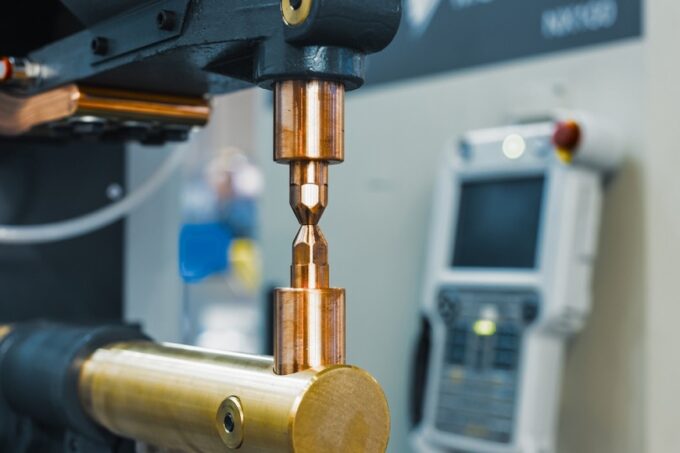
Source: waterwelders.com
One of the most common applications for spot welding, a form of resistance welding, is to join two or more metal sheets together by passing an electric current across the weld joint. It generates heat by passing electric current via resistive materials such as low carbon steels and attaching conductors made from copper alloy to the sheet surfaces.
TIG Welding
TIG welding, sometimes referred to as Gas Tungsten Arc Welding (GTAW), is ideal where precision is of paramount concern. The high-quality welding procedure involves forming an arc between a tungsten electrode that is not consumable and the metal portion that needs welding.
Painting
In the automotive business, industrial paint robots are the most commonly utilized type. It is possible to train them to apply paint uniformly without drips or overspray mistakes. Employees working in painting face exposure to harmful chemicals, and they can shield them from these dangers.
Machine Tending
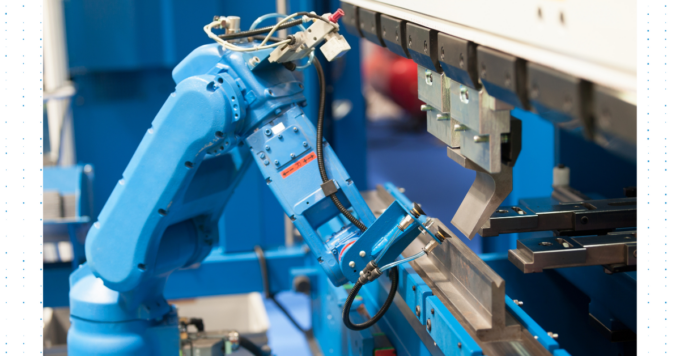
Source: photoneo.com
Machine tending is a process that is nearly identical to materials handling but is more complex. The use of robotics involves loading raw materials and the removal of final products after the machine has completed its schedule, among other things.
They are a superior choice for machine tending because of its accuracy and speed, which provides rapid supply placement, distribution, and orientation.
Inspection
Robots can assist if your work requires high accuracy, consistency, and precision. They can replicate exact procedures and preset workflows with no disruptions—resulting in the confidence needed about the quality of your initiatives, which will be consistent across the board.
In addition to 3D measurements, camera-equipped robotic arms are helpful for non-destructive diagnostics. They can also identify malfunctioning or faulty components before packing or shipping, saving time and money.
Wrapping Up
The applications listed above are just a few examples of what different industrial robots can do. Others not in the list above include cutting, grinding, deburring, polishing, gluing, adhesive sealing, spraying, drilling, and fastening.
The most common application is in the manufacturing industry is performing routine and repetitive tasks, such as assembly line processes, picking, placing, packing, welding, and other similar functions. They are dependable, accurate, and fast. Some working environments can be hazardous for humans, and a robot becomes helpful in such situations.

